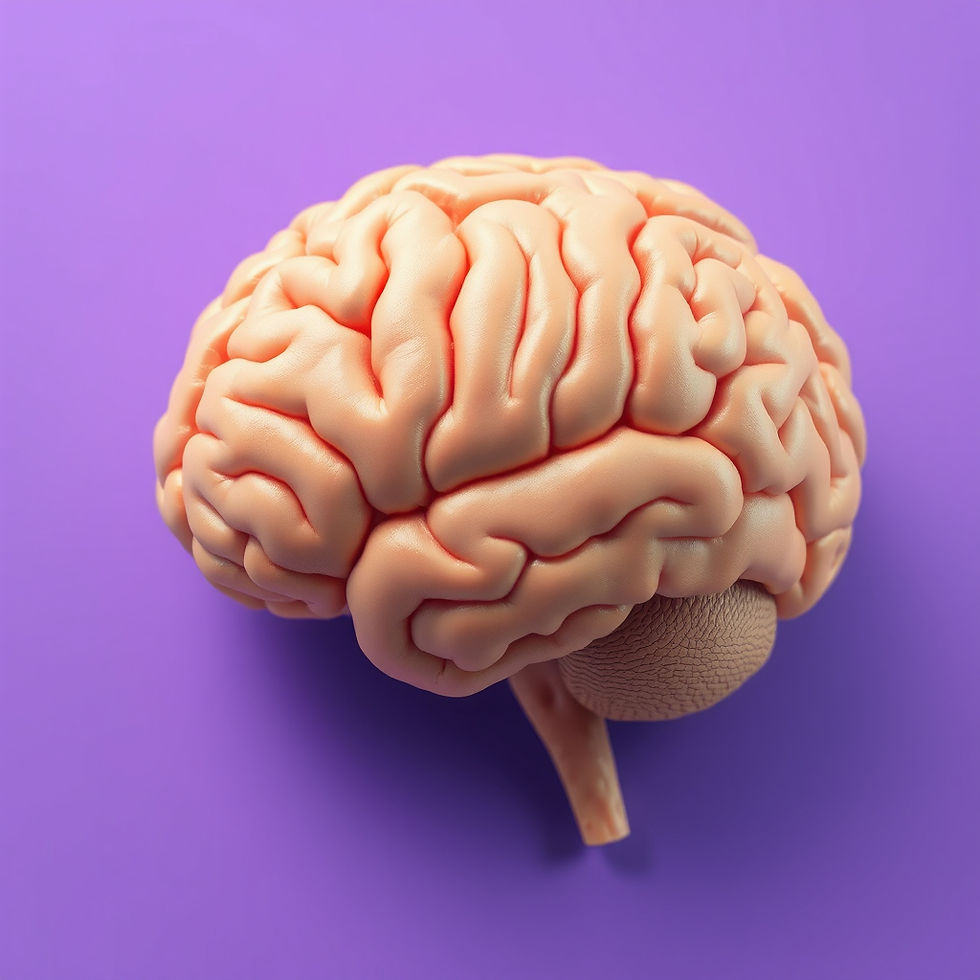Internal Conflict: The 4 Inner Operations in Characters
- M.L. Bull
- Sep 12
- 4 min read
Updated: Sep 20
Let's say you're a hiker lost in a national park while being on a camping trip. You're troubled and concerned about your safety; but thankfully, you've brought a compass with you to help you find your way back from the mountains and through the forest. This compass directs you on where to go and what decisions to make along your journey. Well, this is exactly how internal conflict works within characters. Internal conflict leads characters during their story journey in our short stories and novels, and there are four specific inner operations that have effects upon characters and the choices they make and the actions they take listed below.

WATCH THE EPISODE
See episode 29 of season 2 of my Journey of a Christian Writer series, Internal Conflict: The 4 Inner Operations in Characters or continue reading the blog post below.
4 INNER OPERATIONS IN CHARACTERS
Just like we humans in real life, characters also possess significant inner operations and workings that affects how they response when dealing with internal and external conflict. These inner operations include mind, heart, body, and soul, shown in the diagram below.

All of these four operations help create characters' inner worlds and contribute to character motivation and the actions and reactions that characters take during their story journey and transformation. They also influence character dialogue, or what they say, why they say it, and how they respond to other characters during interactions. One good example of this is the short Pixar film, Inner Workings, which you can watch below.
Now, let's briefly go over these four operations and how they affect characters:
MIND

Mind is where the subconscious thoughts, concerns, memories, or worries lie in characters. They also include visions, hallucinations, imagination, intuition, or other significant mental functions characters experience. Some examples could be a character daydreaming about a dream vacation, or a character's anxious thoughts about their first day of high school. Inner monologue also comes as a result of characters' thoughts and can be used to add depth to characters and suspense and tension to the plot of a story world.
HEART

The heart is where all of the emotions of characters lie and how and why they feel the way they feel toward other characters or obstacles, challenges, and complications in the external story world. This operation is also what gives characters' life and allows writers to be able to create an emotional connection with their readers. Later, I'll dive deeper on the different types of emotions characters can experience from the heart when faced with conflict.
BODY

The body consists of everything characters do in a story, including their actions, quirks, body language, mannerisms, facial expressions, and other physical sensations. For example, a character that fidgets with his glasses whenever he lies, or a character that bites her nails whenever she gets nervous about something. These bits of actions make characters become three-dimensional, round characters and more lifelike rather than like one-dimensional, flat cardboard cut-outs. If you want your characters to standout to your reading audience, give them distinctive traits that are unique to them and allows readers to distinguish one character from another. Physical attributes are one simple way of during this, but actions, dialogue, and personalities take writers' characters to a whole different level.
SOUL

The soul is where the deepest essence and awareness of characters lie beneath the surface. Like the body, the soul of characters is what makes them special and significant to the story and include flaws, beliefs, passions, interests, worldviews, strengths, weaknesses, emotional wounds, and distinctive personalities. Backstories, or characters' past also have an impact on the souls of characters, the choices they make, and how they operate during their story journeys. For example, maybe a character was bitten by a dog is compelled to believe all dogs are mean and vicious animals. Because of this, he always avoids any dog whether big or small that crosses his path and keeps his distance from them. This is just one way how a character's past can affect their worldview and their present life and actions.
CLOSING REMARKS:
Knowing the four inner operations and exactly how they affect characters and their actions and reactions are major steppingstones to being able to create believable characters for readers and opens a wider door of imagination and endless possibilities and story scenarios when adding internal conflict within stories. Get creative when putting characters through the wringer and developing them during their story journeys. It will allow you to add a tad more spice to your storylines and have your short stories or books stand out from the crowd. For more writing videos or tutorials, subscribe to my channel Journey of a Christian Writer series. All right, that ends this post. If you liked it, please, give it a (heart❤️), take part in the poll 🤔, and share your thoughts or comments 💬 below.)
Happy Writing! 😊✍🏽💻
🤔Hey, writers, what's your favorite of the four inner operations of internal conflict within characters?
🧠 Mind
❤️ Heart
🧍Body
👤 Soul






Comments